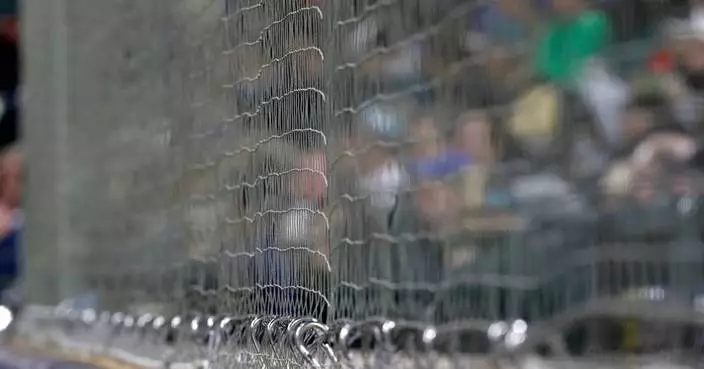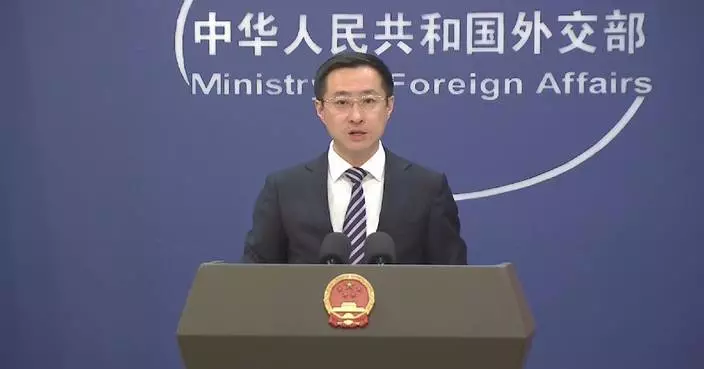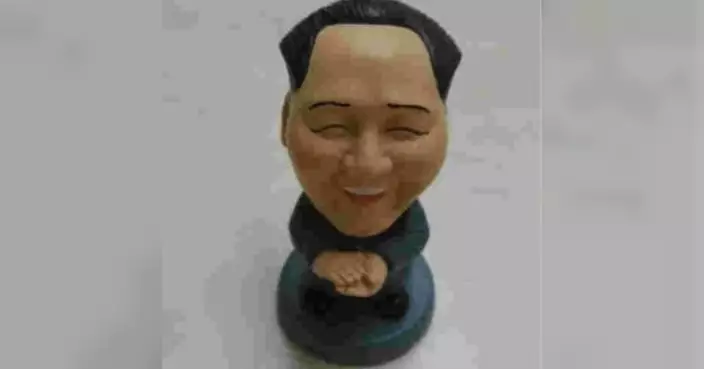In 2016, super models and film stars offered some stunning fashion shots with the round fans in their hands.
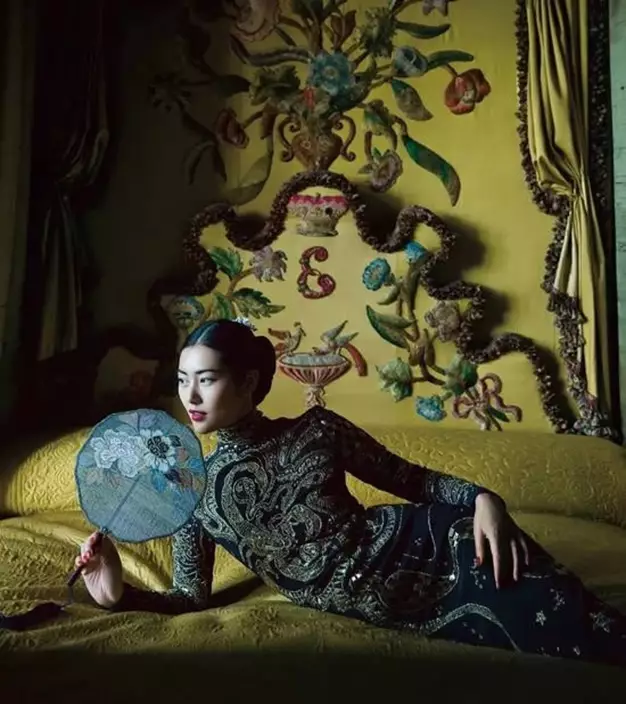
Liu Wen. Photo courtesy: Bazaar
Dressed in western gown in a British castle, Chinese supermodel Liu Wen still managed to convey the charm and grace of an oriental woman holding a delicate fan.
Fan Bingbing, who played in many costume dramas, also used the round fan to connect the classical and the modern fashion.

Fan Bingbing. Photo courtesy: Bazaar
The round fans are from the Leisure Cottage Round Fan Studio in Suzhou, east China. The studio is located inside the deep lanes, with a classical garden just like the ones in ancient poems and paintings. Li Jing is the owner of the studio. Although graduated from a design school, he wasn't a professional round fan craftsman at the beginning.
Round fans, also called circular fans, were first seen in the dynasty of Han, and became important belongings for women in the palace during the Tang and Song dynasties. Painters and poets liked to leave their works on the fans, turning them into pieces of art. Women tended to hide their faces behind the fans to show their elegance. Sometimes they would use the fans to imply the solitary life in the royal palace. All these infused the round fans with a sense of feminine grace and sorrow.
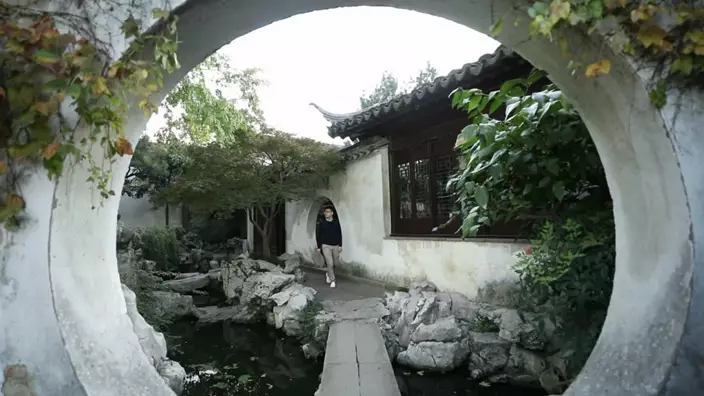
Li Jing. /By CGTN
Li got to know about the round fans through traditional operas. He found them very appealing as props on stage. Later he began to collect antiques, including pieces of round fans. "Round fan was actually one of the earliest fans in China. In the poems and literature works even before the dynasty of Ming, the 'fans' all referred to round fans. It has such a long history," explains Li.
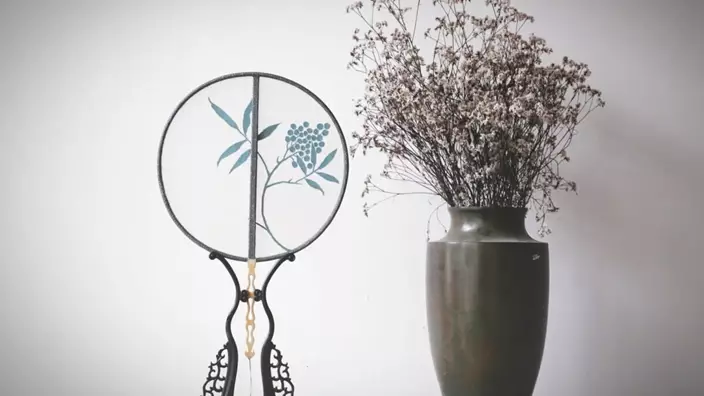
CGTN Photo
"I got some frames and handles from the antique markets. They had very beautiful carvings, which attracted me so much. I took them to Suzhou, hoping to find some craftsmen to restore them."
To his surprise, there wasn't any craftsman in the city who was able to restore the k'o-ssu fans. As a dedicated collector who always wanted to have control, Li decided to do it himself. Bringing all his savings, plus 100 thousand yuan given by his father and 50 thousand lent by friends, he came to Suzhou and established the studio. He went to every corner of the counties around on foot, searching for the craftsmen who still knew the k'o-ssu technique.
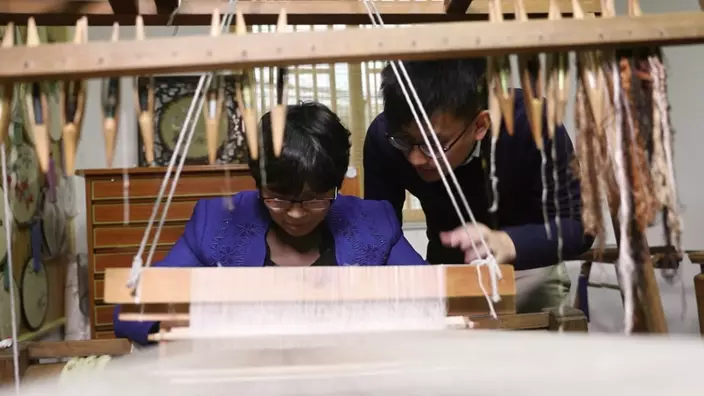
CGTN Photo
K'o-ssu fans require very sophisticated techniques. In ancient times, they were exclusive to the royal families. An old craftsman said: "K'o-ssu was as valuable as gold. If you used the wrong color here, you'll have to dismantle it and do it all over again."
It may take several craftsmen to finish a round fan inlaid with gold and silver threads. However, most of the craftsmen are in their sixties or seventies. They don't have successors. "Young people wouldn't learn it," says Li, "although I want to promote the traditional things so that people can enjoy it."

CGTN Photo
Li believes that the most attractive part in the round fans is the classical aesthetics: "The Chinese values inner spirits more than the figures. When we make a butterfly, it doesn't have to be exactly the same as a real one. How do we make it as beautiful, but not limited to the real thing? We'd have to put our own imagination and preference in it. That's why the traditional art is fascinating."
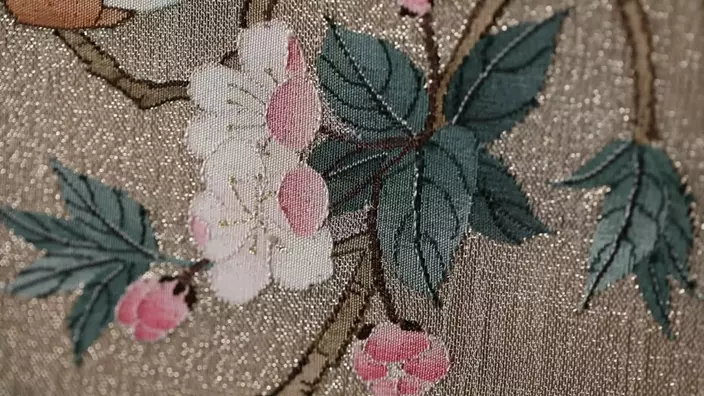
CGTN Photo

CGTN Photo
For Li, making fans is like communicating with the ancient people. The enjoyable hobby, however, has to meet the reality: "As the craftsmen, we hope that more people could appreciate its beauty and be willing to spend money on it. The art can be passed on, but not merely by preaching the love for it."








